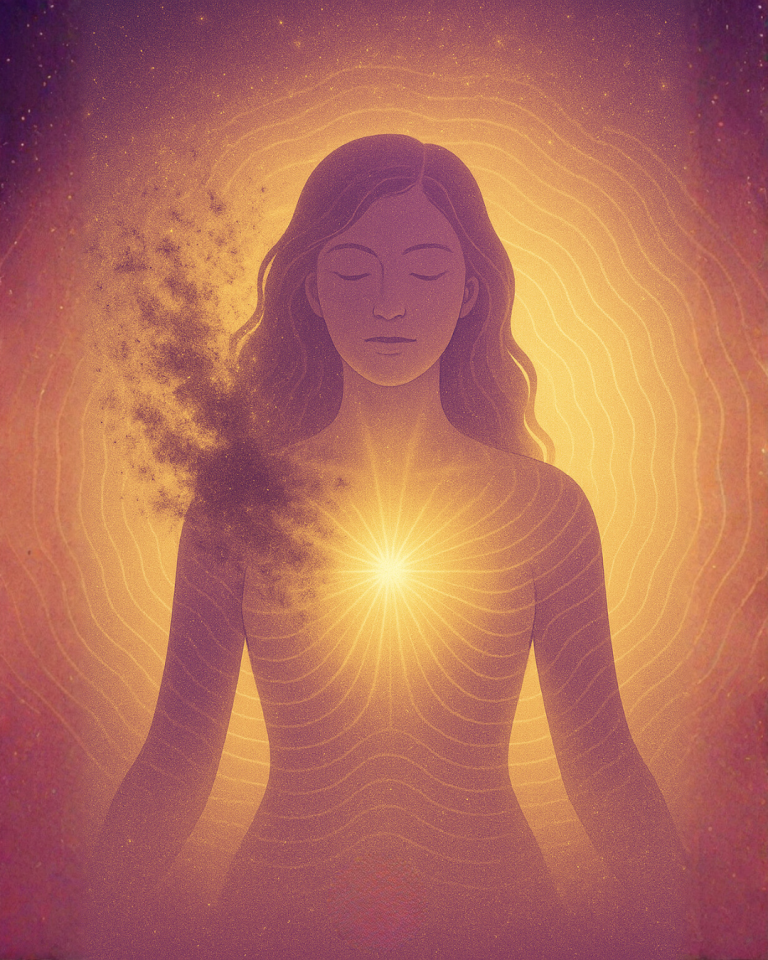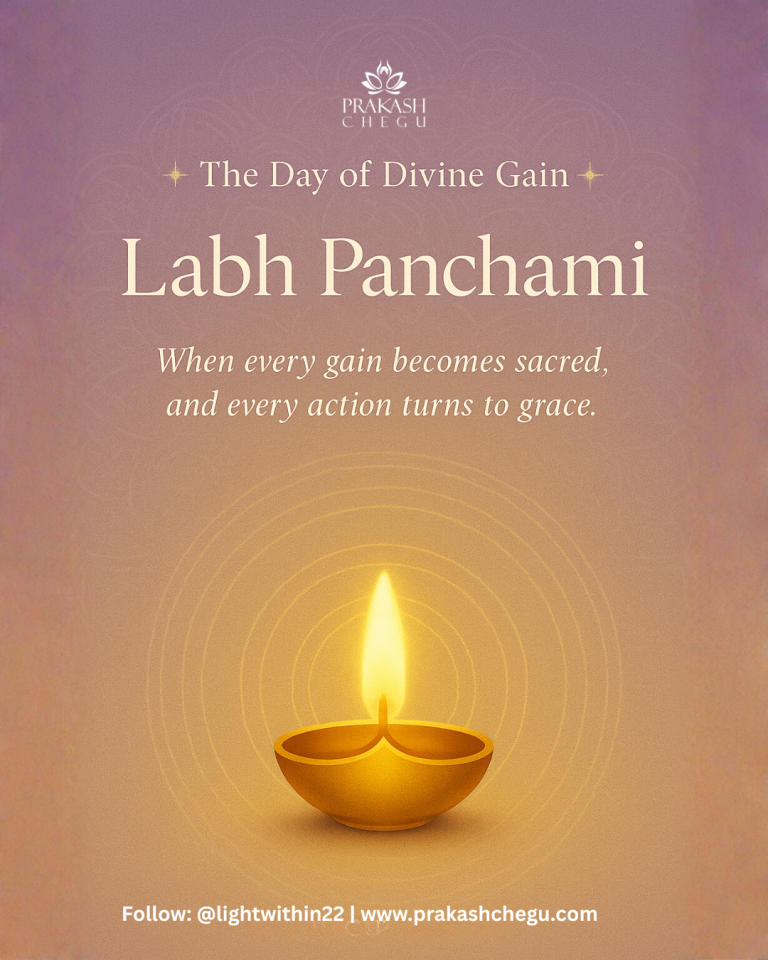Introduction
For decades, neuroscience has framed pain as a purely brain‑based phenomenon. Emerging research tells a different story: your heart plays a profound role in how you experience and manage pain. The heart has its own intrinsic nervous system and communicates with the brain through the vagus nerve, sending more signals upward than it receives. Pain is therefore not just neurological; it is emotional and heart‑based as well.
The heart has a brain of its own
• The intrinsic cardiac nervous system—sometimes called the “heart brain”—contains around 40,000 neurons operating semi‑independently from the brain in your head.
• It communicates constantly with the central nervous system via the vagus nerve, influencing how you perceive and process sensations, including pain.
Pain is not just neurological—it’s emotional
• Dr. Ali M. Alshami’s research shows that feedback from the heart’s neural network modulates pain processing in regions like the amygdala and cortex.
• Emotions, breathing patterns and heart rhythms are active players in how we interpret discomfort. Pain is a collaborative experience between the nervous system, emotional body and heart.
Heart‑brain therapies for pain relief
1. Vagus nerve stimulation (VNS) – Originally used to treat epilepsy and depression, VNS is now being explored for neuropathic and inflammatory pain. Stimulating the vagus nerve balances heart‑brain communication and may reduce pain.
2. Heart rhythm coherence (HRC) – Practices like heart‑focused meditation, slow breathing and biofeedback shift the nervous system from “fight or flight” into “rest and repair,” reducing pain intensity and improving emotional regulation.
A holistic view of pain
Pain is multi‑dimensional: physiological, emotional and spiritual. The heart’s intelligent rhythm and emotional resonance lie at its centre. When you feel pain—physical or emotional—your heart is listening, responding and sometimes amplifying what you feel.
What this means for you
• Start with breathwork – Deep, rhythmic breathing activates the vagus nerve and balances heart‑brain communication.
• Practice heart coherence – Spend a few minutes each day focusing on love, gratitude or calm to entrain your heart rhythms and reduce stress.
• Use sound and vibration – Singing, chanting and humming stimulate the vagus nerve and soothe the nervous system.
• Reframe your approach to pain – Instead of suppressing pain, listen to it. Ask: what is my heart trying to say?
Final thoughts
Pain is a message from your inner world, not just a biological inconvenience. True healing may begin with heart‑based awareness, gentle breath and listening to your body’s most powerful organ. Your heart isn’t just beating—it’s speaking. Healing begins when you start listening.






